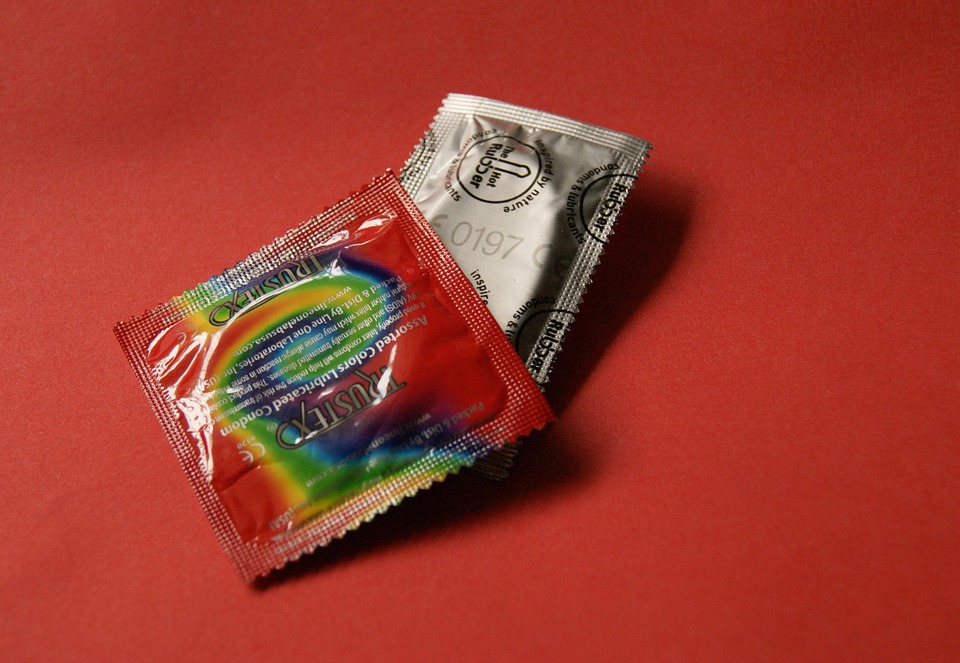Understanding the Human Reproductive System: Key Functions and Health Tips
The human reproductive system is a complex network of organs and hormones that plays a critical role in human development, sexual health, and the continuation of species. Both men and women have unique reproductive systems specialized to perform specific functions. In this article, we will explore the key components and functions of the reproductive system in both sexes, discuss common health issues, and provide essential health tips to maintain reproductive health.
The Basics of the Reproductive System
Structure and Function
-
Male Reproductive System:
- Testes: The primary organs of the male reproductive system, responsible for producing sperm and hormones like testosterone.
- Epididymis: A coiled tube that stores and matures sperm.
- Vas Deferens: A duct that transports sperm from the epididymis.
- Seminal Vesicles: Glands that produce a fluid that nourishes sperm and forms a significant part of semen.
- Prostate Gland: Produces a fluid that helps neutralize the acidity of the vaginal tract.
- Penis: The external organ used for sexual intercourse and the excretion of urine.
- Female Reproductive System:
- Ovaries: The primary reproductive organs that produce eggs (ova) and hormones like estrogen and progesterone.
- Fallopian Tubes: Tubes that transport eggs from the ovaries to the uterus and are the site of fertilization.
- Uterus: A hollow organ where a fertilized egg can develop into a fetus.
- Cervix: The lower part of the uterus that opens into the vagina and acts as a passage for sperm and menstrual fluid.
- Vagina: The canal that leads from the external genitals to the uterus; it serves as the birth canal and the receptacle for the penis during intercourse.
Hormonal Regulation
The reproductive systems in both men and women are regulated by hormones that control various physiological processes:
-
In Males:
- Testosterone, produced in the testes, regulates sperm production, libido, and secondary sexual characteristics.
- Follicle-stimulating hormone (FSH) and luteinizing hormone (LH) from the pituitary gland also play crucial roles.
- In Females:
- Estrogen and progesterone produced by the ovaries are essential for regulating menstrual cycles, ovulation, and pregnancy.
- The menstrual cycle, typically lasting 28 days, includes phases that prepare the body for potential fertilization.
Importance of Reproductive Health
Maintaining reproductive health is crucial for overall well-being and involves prevention, education, and awareness. Poor reproductive health can lead to infertility, sexually transmitted infections (STIs), and other serious health issues.
Common Reproductive Health Issues
-
Sexually Transmitted Infections:
- STIs such as chlamydia, gonorrhea, and syphilis can have severe implications for reproductive health.
- Regular screenings and safe sex practices are vital.
-
Infertility:
- Infertility affects both men and women and can arise from various factors, including hormonal imbalances, age, and lifestyle choices.
- Understanding fertility awareness can empower individuals to take proactive steps.
-
Reproductive Cancers:
- Cancers affecting reproductive organs, such as prostate, ovarian, and cervical cancer, highlight the importance of screenings and early detection.
- Vaccines, like the HPV vaccine, significantly reduce the risk of certain cancers.
-
Polycystic Ovary Syndrome (PCOS):
- A common hormonal disorder that affects women of reproductive age, leading to irregular periods and various metabolic issues.
- Lifestyle modifications can play a crucial role in management.
- Menstrual Disorders:
- Conditions like endometriosis and dysmenorrhea can significantly affect quality of life and overall reproductive health.
Health Tips for Optimal Reproductive Health
Maintaining reproductive health requires a proactive approach, which encompasses lifestyle changes, regular medical check-ups, and awareness.
1. Regular Screenings
- For Women: Pap smears and HPV vaccinations are essential for cervical health. Regular breast exams and mammograms (as recommended) are crucial for early detection of breast cancer.
- For Men: Prostate exams and discussions about prostate health, especially after age 50 or with family history, should not be overlooked.
2. Safe Sexual Practices
- Use condoms to reduce the risk of STIs.
- Limit the number of sexual partners to lessen exposure to infections.
- Discuss STI testing and contraceptive methods with partners to promote transparency.
3. Nutrition and Lifestyle
- Eat a Balanced Diet: A diet rich in fruits, vegetables, lean proteins, and whole grains is vital for hormonal balance and overall health.
- Maintain a Healthy Weight: Both underweight and overweight can disrupt hormonal balance, affecting fertility.
- Stay Active: Regular physical activity supports hormonal health and reduces stress levels.
4. Stress Management
High stress can adversely affect reproductive health. Engaging in activities like yoga, meditation, or counseling can be beneficial.
5. Avoid Harmful Substances
- Limit alcohol consumption and avoid recreational drugs, as they can disrupt hormonal balance and reproductive function.
- Quit smoking to reduce the risk of reproductive health issues, including reduced fertility and increased mortality.
6. Educate and Empower
- Stay informed about reproductive health issues and advancements in treatment options.
- Join support groups or connect with organizations focused on reproductive health to gain insights and share experiences.
7. Understand Your Body
- Recognize signs of hormonal fluctuations, menstrual irregularities, or discomfort. Keeping a journal can help track changes and identify patterns.
- Learn about fertility awareness methods to understand ovulation patterns and reproductive cycles.
8. Consult Healthcare Providers
- An open line of communication with healthcare providers ensures that concerns can be addressed promptly. Regular check-ups can help spot potential issues early.
Conclusion
The human reproductive system is an intricate part of our lives impacting not only individual health but also societal dynamics. Understanding its functions, recognizing potential health issues, and prioritizing reproductive health can lead to enhanced well-being and informed decision-making about sexual and reproductive choices.
By adopting proactive health measures, individuals can contribute to their reproductive health, which is a vital part of overall health. Protecting and nurturing this system paves the way for healthier futures, both for individuals and generations to come.
This article aimed to provide a comprehensive view of the human reproductive system. For specific topics within this subject, or if further detail on a particular section is desired, please let me know!


























Add Comment